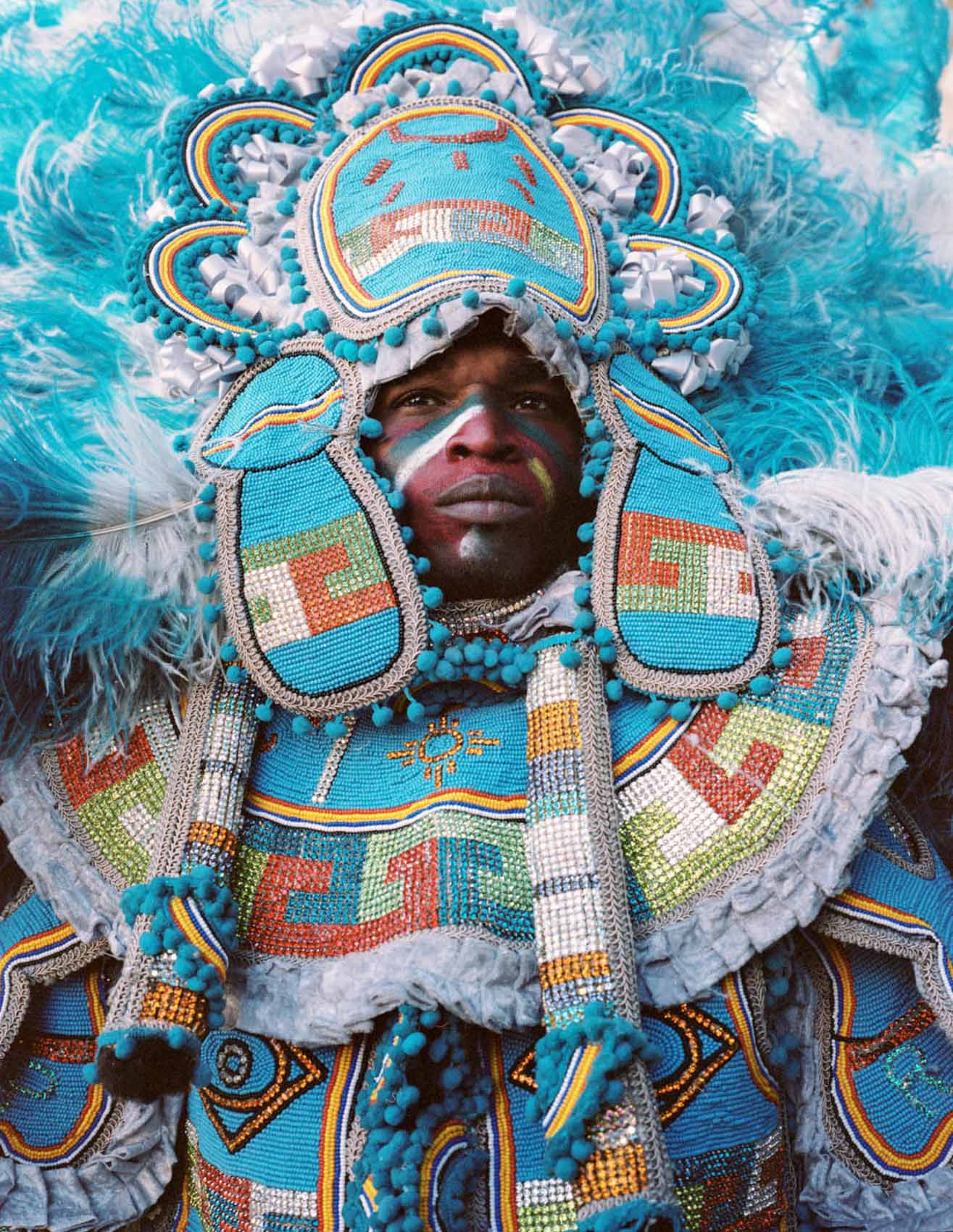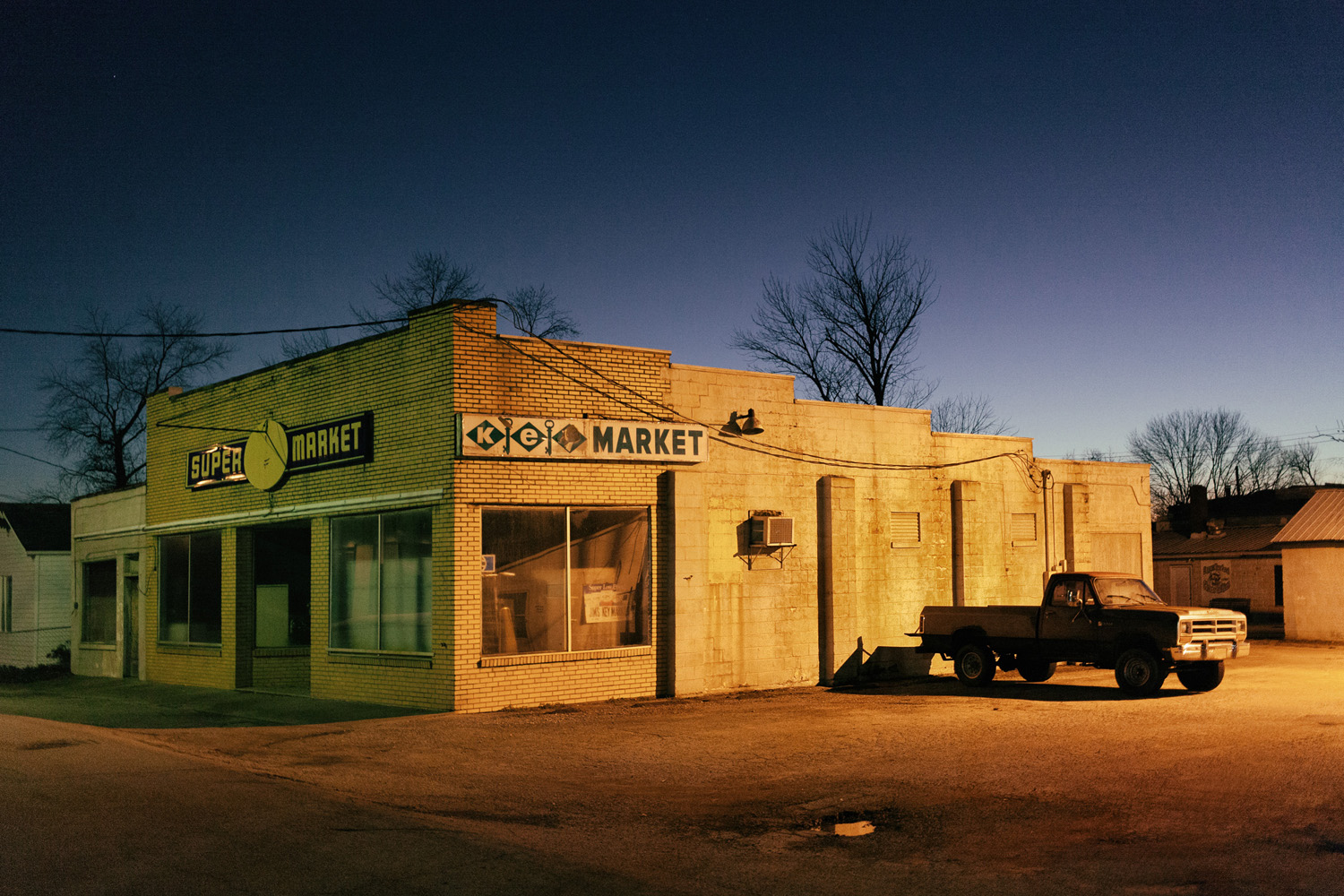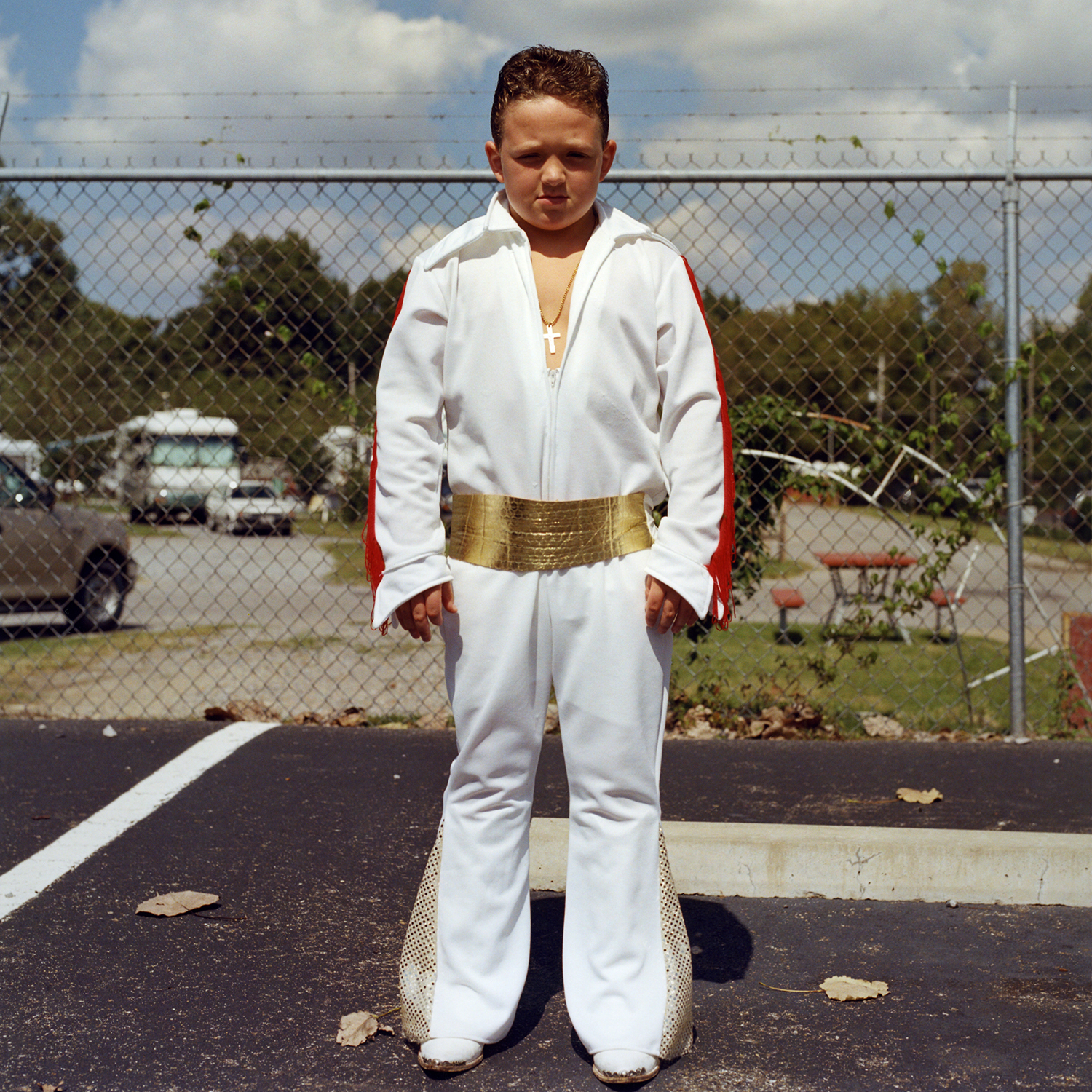You are very familiar with India and Punjab. Could you let us know about your current relationship with this part of India?
Yes, I’m very familiar with Delhi and Punjab. My husband is a Sikh from India. His family, mother, and father, came from West Punjab, today part of Pakistan. They both had to run for their lives and cross from West Punjab to East Punjab during the Partition of the Punjab in 1947. I became very curious and interested about what happened. As a foreigner, when I first came to India in 1993, I had no idea of the horror stories that happened during the Partition. The more I read about it the more obsessed I became to know more. Communal bloody violence took place and it was unspeakable. I find it difficult to understand how people could live with the memories and traumas of what happened. Sometimes I can’t sleep thinking about it. Punjabis are the nicest, warmest, and funniest people I’ve met in India. It is also a beautiful state. My late father-in-law used to speak with great love and pride about Lahore, the former capital of the Punjab pre-Independence. He never went back to his native land. It is very sad. This is the story of millions of people in Punjab.
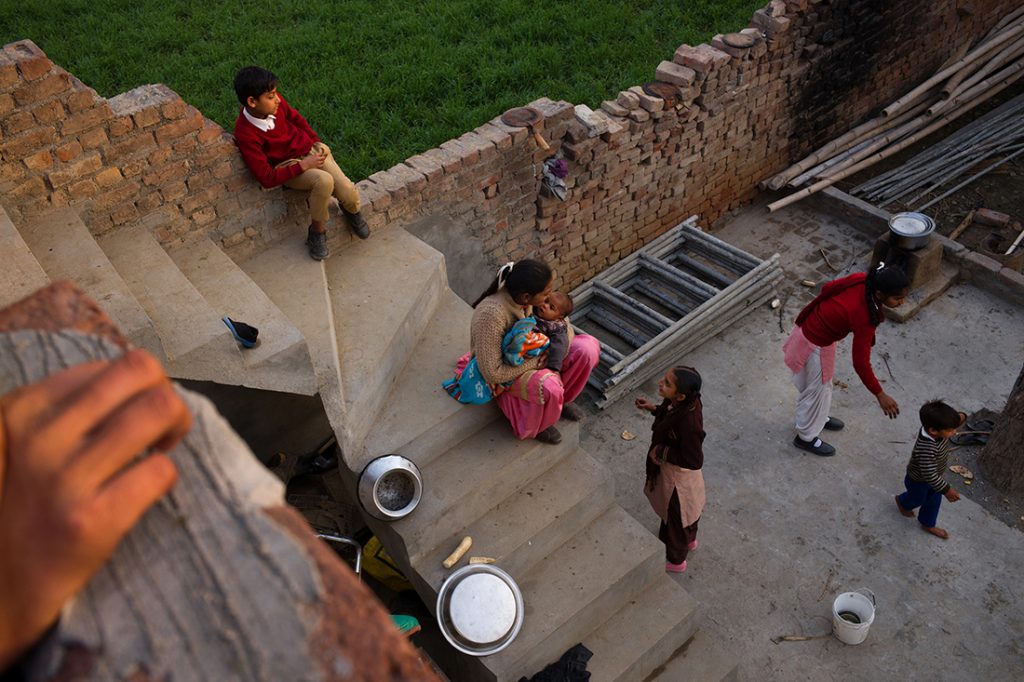
« I think there is maybe a need to forget the killings but there is at the same time a desire to remember the homeland, this concept is called Watan in Urdu, it has a strong emotional connotation. »
Last year was the 70th partition anniversary. Were there any celebrations? Nowadays, what the Punjabi people are thinking about it? Does the new generation feel any concern or just have the desire to forget about this dramatic part of their history?
Yes, last year has been 70 years since India’s Partition. The Partition Museum was inaugurated last year in Amritsar, demonstrating that Punjabis are not only ready to confront their past but also to share it with the rest of the world. In my experience talking to young Punjabis, I feel the desire of the younger generation to connect with the land of their parents and grandparents, on the other side. There was a huge transfer of population from one side to the other, every family was hugely affected by it, and every family had a story to tell. I think there is maybe a need to forget the killings but there is at the same time a desire to remember the homeland, this concept is called Watan in Urdu, and it has a strong emotional connotation. This is what I feel and what I believe. It is beyond politics, it is about a shared identity, a shared past, and a shared trauma.
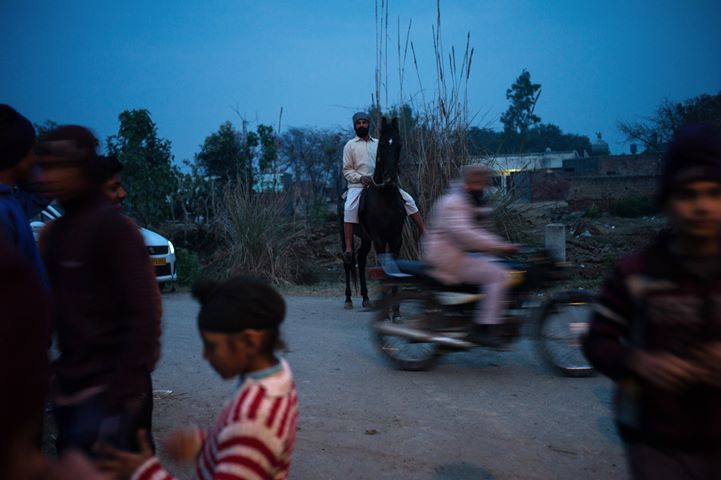
Then tell us more about your ongoing long-term project about the partition & the Sikh community in Punjab and how it is currently involving?
Regarding my project about the Punjab, at first, I focused on the Sikh community since I felt close to it and my Indian family was Sikh. I thought that it would be a great way to understand the culture of my husband. But the more I photographed the more I started to be drawn by the whole idea of the Partition and the Radcliffe line- the border between India and Pakistan. The more I read the more I felt like expanding my project to every community and to the idea of identity. There is a consensus that Punjabis share a common tradition, history, and language giving both sides a strong sense of a cultural identity transcending religious barriers. So this is what I’m doing now, working and exploring the idea of an undivided identity between the two partitioned Punjab. My next step is to visit Pakistan to photograph the Punjab from the other side. I love doing this project and I love to photograph in Punjab. Sometimes I wish it would never end.
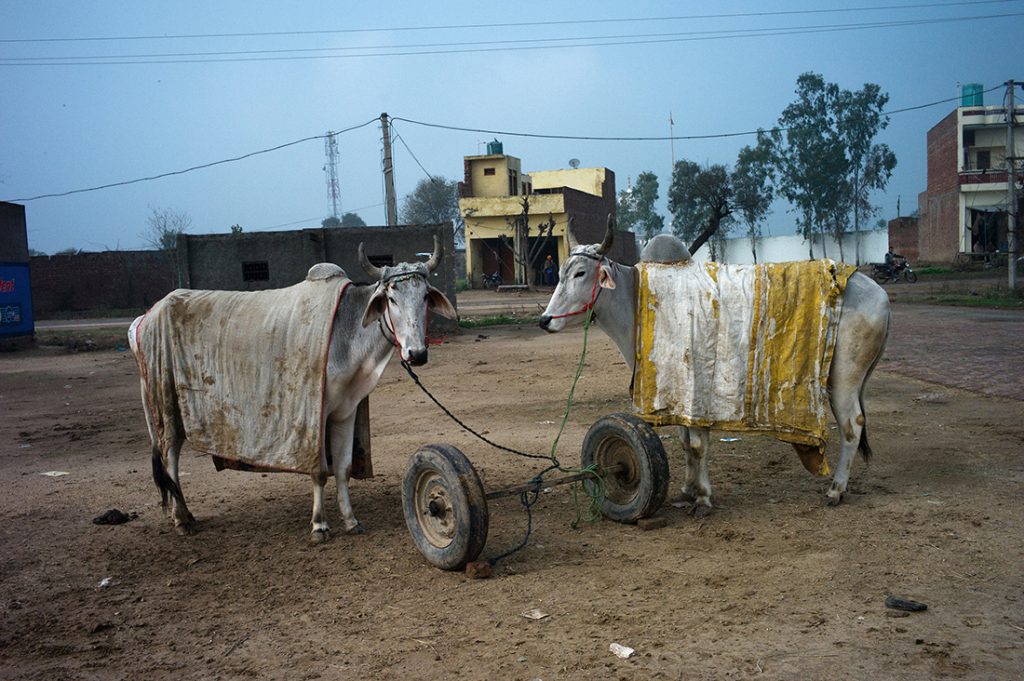
A lot of your photographs seem to have been taken in and around villages. What areas of Punjab have you explored so far and what will be the next step to expand to every community?
I have been photographing in villages along the border, along the Radcliffe line- The Radcliffe line evolved in only a few weeks from a nebulous concept into a hard border impossible to cross. So I chose to work along the border as a symbolic matter but also to make this project feasible. I would like to do the same in Pakistan. I also concentrate on villages near Amritsar and would like to do the same around villages near Lahore. These two cities witnessed the worst communal violence in 1947 and both in a way symbolize the grandeur of pre-independence Punjab.
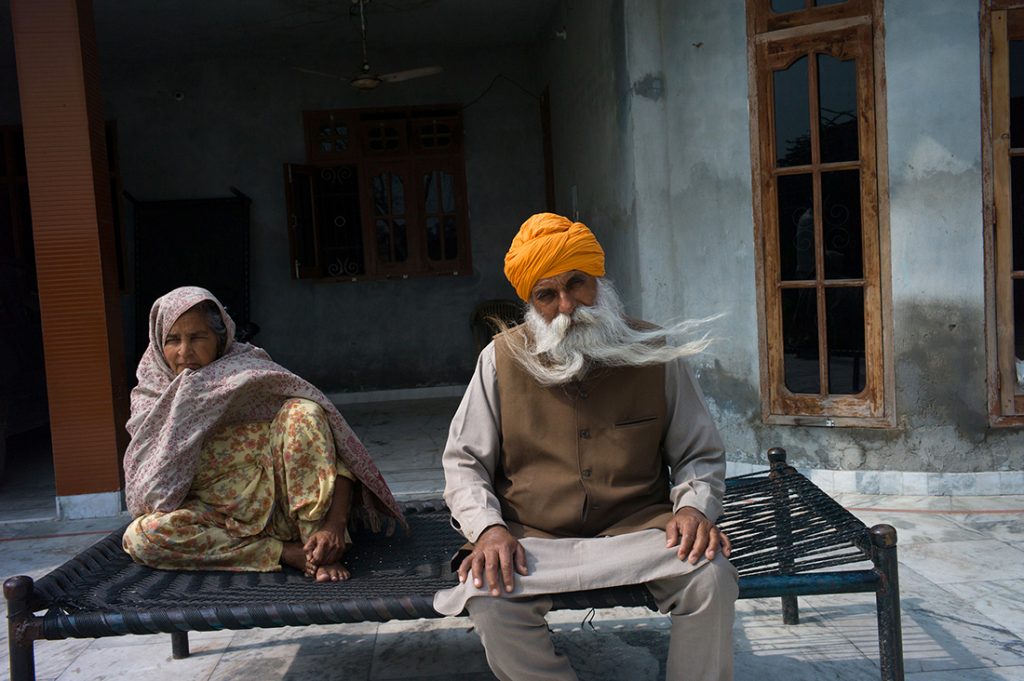
Do you work on your own? How do you organize yourself?
Yes, I work by myself. This is the way I always like to work. Sometimes I make trips with friends but I would say that at least 80% of the time I work alone. I know a driver in Punjab I always hire to drive me around villages. He usually picks me up at 7 am at the hotel and drops me off at 7 pm. We drive around villages the whole day, looking for interesting images, and stories. I have a road map, a small notebook, lots of bananas, water, that’s all. I have a good breakfast and a good dinner. I don’t need much during the day. Every trip lasts approximately two weeks.
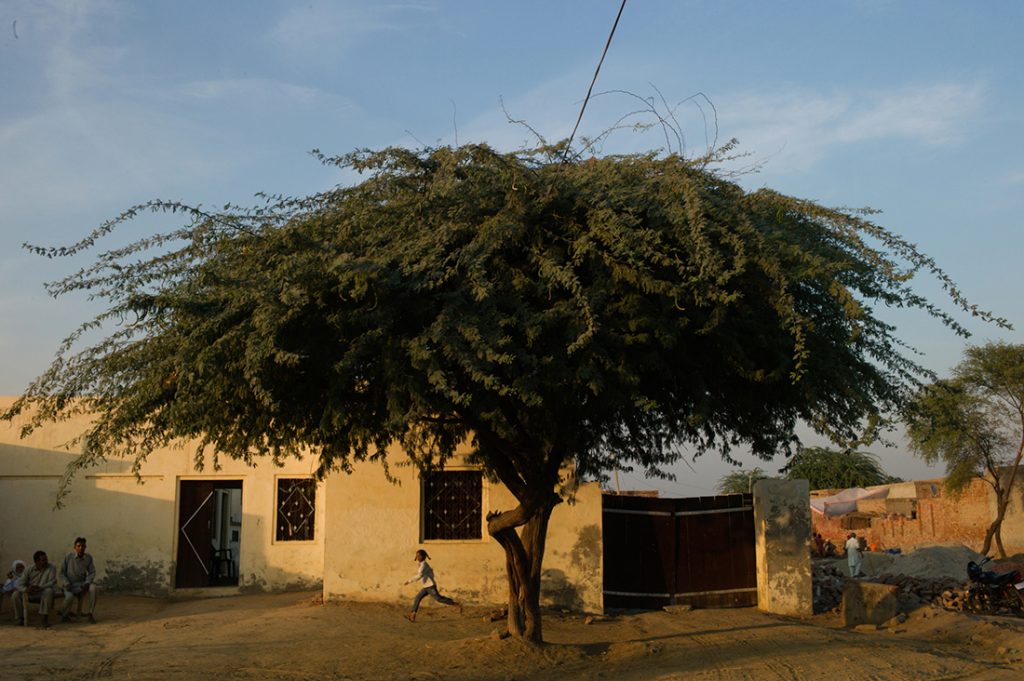
How do you work in villages? Villagers must not get many (foreigners &) photographer visits.
I walk and photograph. Sometimes I talk to people, sometimes I don’t. Sometimes I get into people’s houses. I don’t have a plan. I let intuition and chance lead me to the right alley, to the right situation, to the right family. Sometimes I have a good day sometimes I don’t. Sometimes I visit the same villages more than once and people already know me. People in Punjab are extremely friendly. Yes, it is true, that villagers are not familiar with foreign photographers but I feel very comfortable. My camera is quite small, villagers don’t see me as a professional photographer. Many times they are amused that I demonstrate an interest in their village, and in their life, other times they feel proud.
Do you interview people to memorize stories?
I talked to many people, and I also interviewed many people informally as my project is a visual project. There is a lot of written work that has already been done with personal stories, and detailed accounts about the horrors of Partition. This is not my intention. This is not my project. But at the same time, I also feel the need to be familiar with people’s experiences and traumas to tell my story. I read many books about the Partition and this has been helping me a lot.
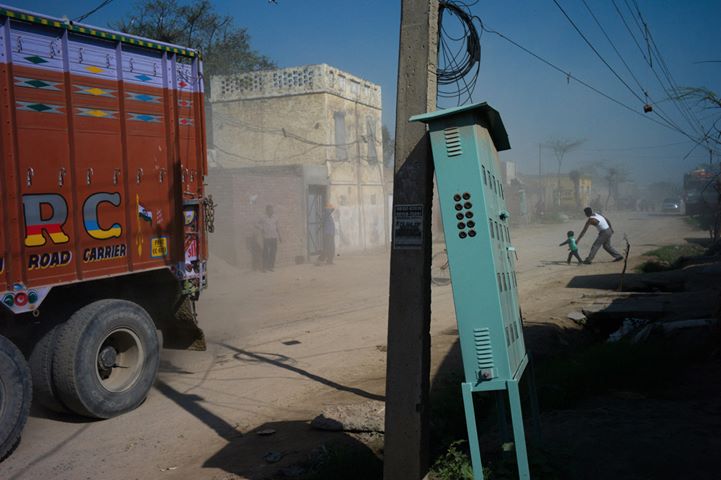
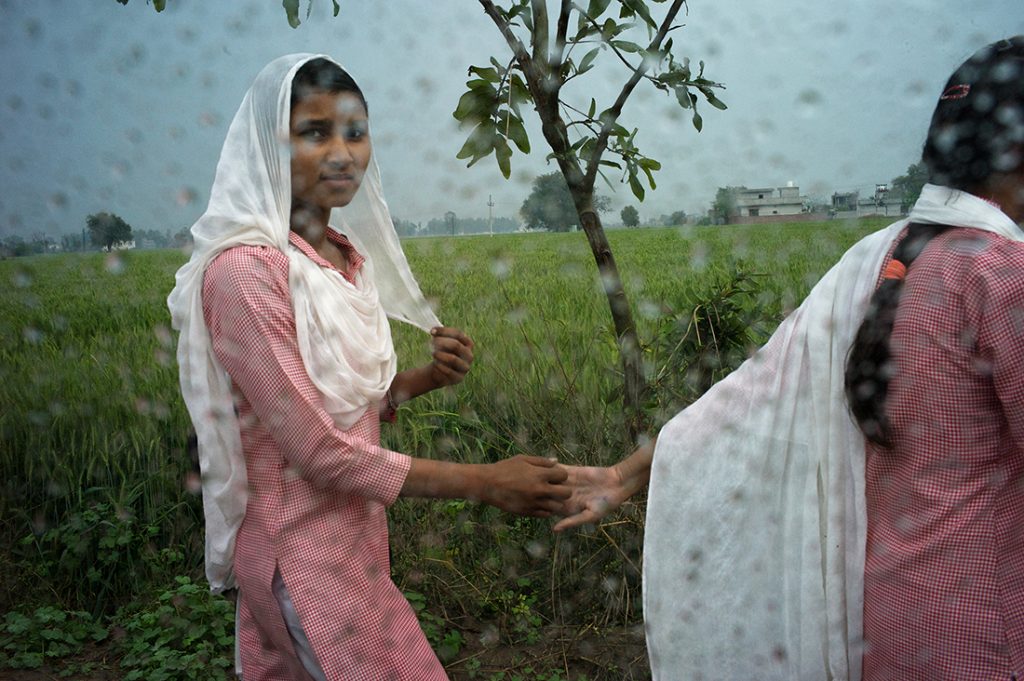
« My approach for this project is purely symbolic. it is about identity and connection between both sides. It is about magnifying the similarities and not the differences amongst both sides and amongst the different communities. »
Is your road map based on your reading? What makes you stop in some villages and not some others?
I also guess that there is a space for freedom and improvisation during your journey.
Yes, there is lots of freedom and improvisation and this is exactly why I prefer to travel by myself. I just follow my intuition. I choose a direction every day. I follow different roads and try to cover as many villages as I can. I also visit villages mentioned in some of my readings, places where important events happened. One of the materials I’m using as a reference is a book by Ishtiaq Ahmed, Punjab Bloodied, Partitioned and Cleansed. It is an amazing book.
I also talk to people and they recommend new villages. I listen to personal stories and from there, I get more ideas of new places. It’s like a thread you keep following and the more you follow it the deeper you go into the story. My driver usually stops at the entrance of a village and I walk alone. Sometimes I stop on the road if I see something I find interesting. I aim to capture visually strong images. It is not a straightforward process, it requires hours of walking and searching for these evocative moments that can give me the kind of visual feel I’m looking for.
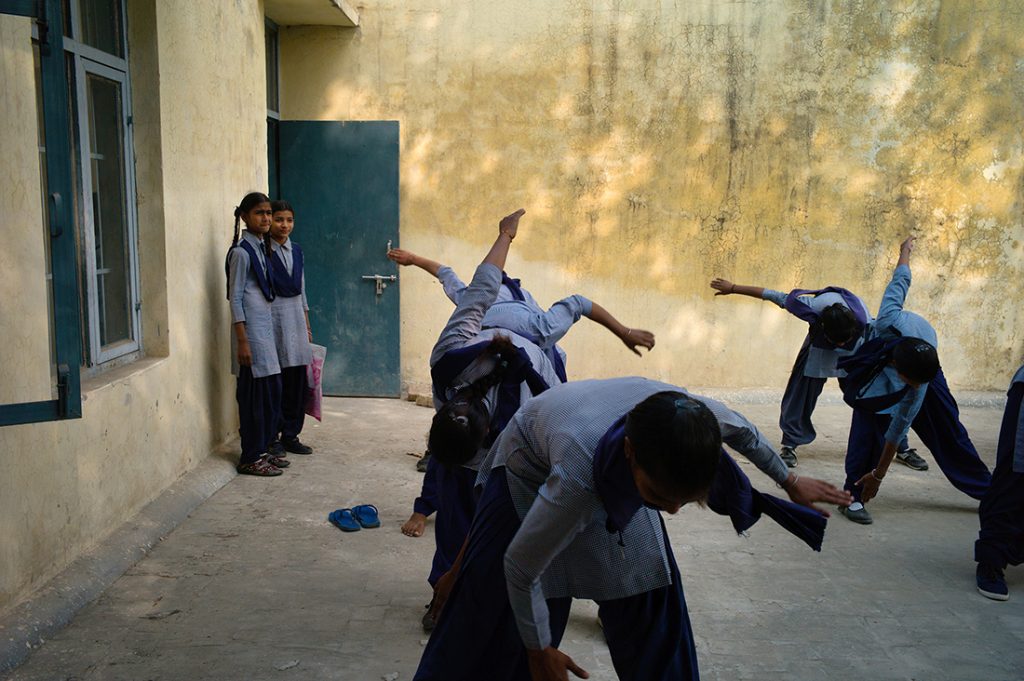
We both share a common interest in street photography and your visual approach is influenced by it. Tell us about your photographic influence and then your visual approach to taking photographs of this project.
My approach for this project is purely symbolic. it is about identity and connection between both sides. It is about magnifying the similarities and not the differences between both sides and amongst the different communities. It is a very personal project where emotion, memory, and symbolism seek to establish the connection between the Punjab in Pakistan and the Punjab in India. Some images give a hint of the past, some relate to identity, about the love of the land. I’m trying to connect with the viewer on a purely symbolic level. My images intend to build a bridge between both sides in a purely emotional way. The idea is to help each side de-demonise the other and restore a sense of shared history, and undivided identity. I also explore a few questions. Will the images from each side of the border be indistinguishable? Has the Radcliffe line redefined the Punjabi identity based on religion? Time will tell how the images evolve and the stories I may find. So far I’m enjoying photographing in Punjab a lot.
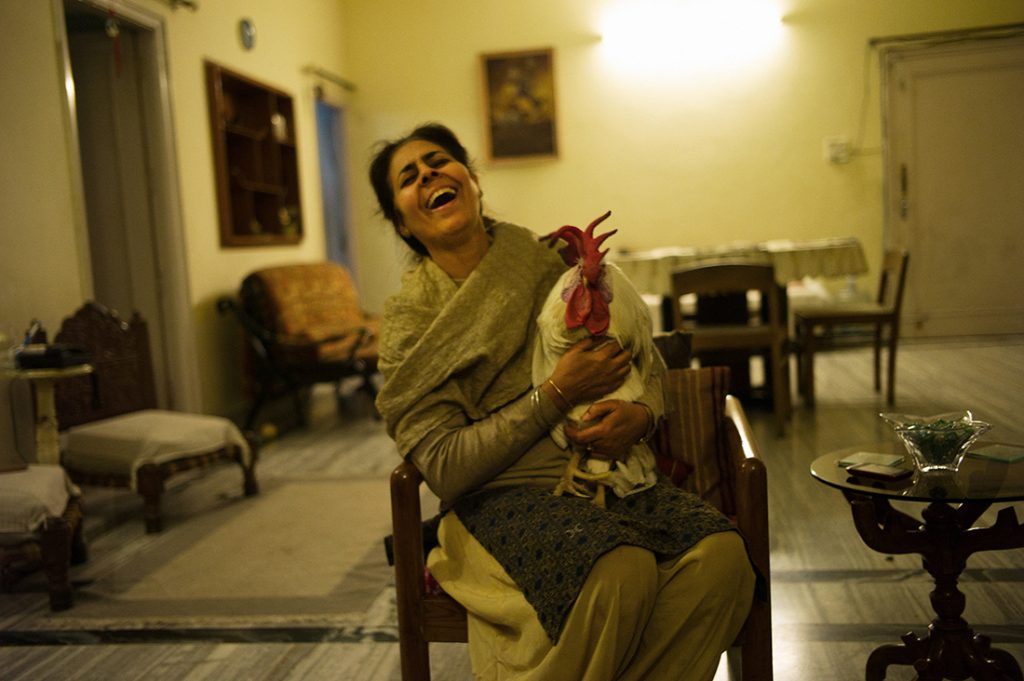
To come back to your question about street photography versus press, factual photos, for sure my approach has a bit of both. My photos are all candid, they are not manufactured or staged they are captured from reality but from a reality I chose, a selective reality to express what I want. Press photography is also a bit like this: there is always a search for metaphors, symbolism, and a message to share. There is not such a factual image reflecting the whole truth, it is always the truth of the photographer, and it is always a selective view. This does not mean it is fake. It is always more interesting to have the voice of the photographer and to go beyond a pure and simple description of a place or event. It is important to get as much as possible information about the topic to avoid oversimplification and cultural clichés. It is important to have something to say. The most difficult is to know how to say it and how to connect with the viewer. For me, this is a huge challenge.
Camera(s) used for the project?
I use a Leica M10 with a 35 mm lens
What are your top 5 photobooks?
My 2 favorite books are
Telex Iran by Gilles Peress
« Wonderland » by Jason Eskenasi.
I have many others I enjoy a lot too. But these two are the ones I like the most. Tony Ray Jones: A Retrospective View & Tony Ray Jones: A Day Off
Interview Jérome Lorieau / In Frame
Links: Graciela Magnoni | Instagram | In-Public Profile


